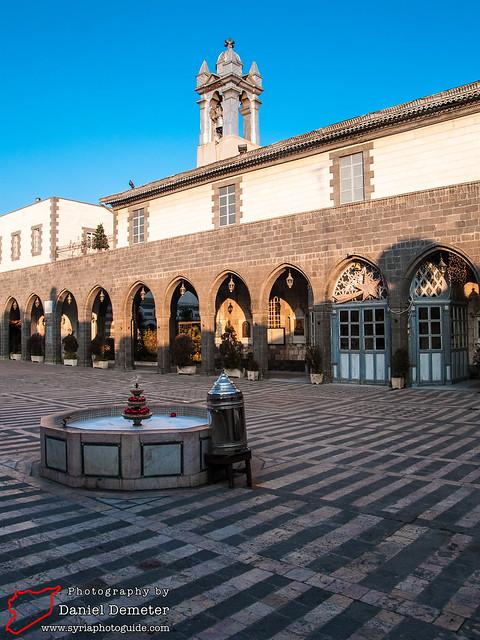
Zeitoun Church
Nestled in one of Damascus’s ancient quarters, amidst alleys redolent with history and spirit, stands the Zeitoun Church, tall and proud. Within its walls, it holds the tales of a

Nestled in one of Damascus’s ancient quarters, amidst alleys redolent with history and spirit, stands the Zeitoun Church, tall and proud. Within its walls, it holds the tales of a

Damascus’s smallest and most unadorned gate, later repurposed as an entrance to the Bab al-Saghir cemetery. It is believed to have been constructed atop an ancient Roman temple.
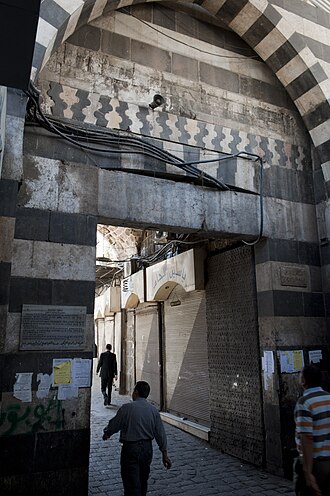
Built during the reign of Nur al-Din Zangi, it was named with optimism for relief and ease. Despite changes, it remained standing and underwent renovations during the Ottoman and modern

It means ‘gate of the gardens’ and was the entrance to the city’s surrounding orchards. The city’s inhabitants used it as the main route between the city and the countryside.
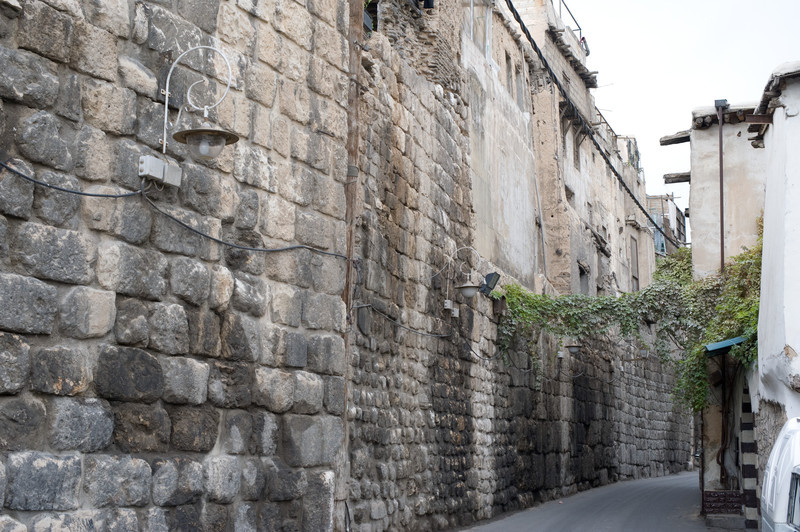
It was named in the hope of peace because it had never been the scene of any battles. It was built during the reign of Nur al-Din Zangi. It remained

During the conquest of Damascus, Abu Ubaida ibn al-Jarrah entered it, and it was named after the village of al-Jabiya in Horan. Situated at the western entrance to the city,

Al-Hamidiyah Souq stretches from Bab al-Nasr near the Damascus Citadel to the gates of the Umayyad Mosque, tracing the path of the ancient Roman street for 600 meters. It was
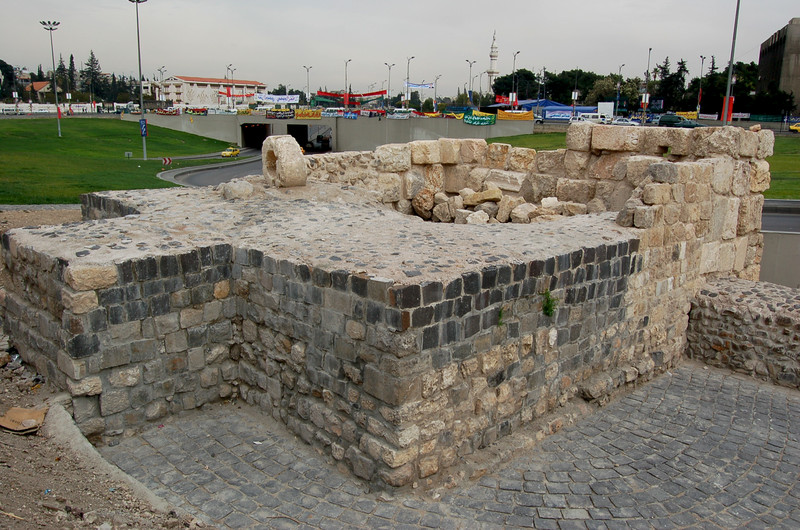
It was attributed to Muawiya’s master and was left behind by Saint Paul when he fled Damascus. Converted into Saint Paul’s Church, it is considered one of the most significant
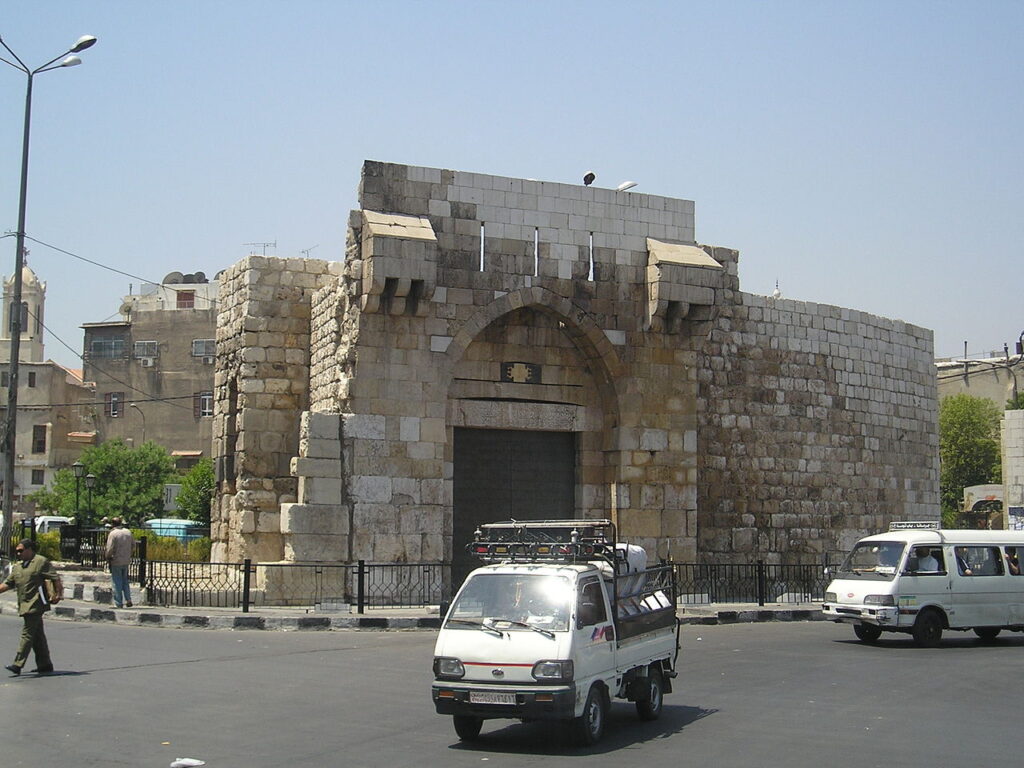
Named after Saint Thomas, the building combines Roman and Islamic styles. It became the gateway to the Christian quarter of Damascus, and it still stands as a symbol of religious

The sole gate that has maintained its original Roman design, Khalid ibn al-Walid entered through it when he vanquished Damascus. Characterised by its Roman triple design, it is located at
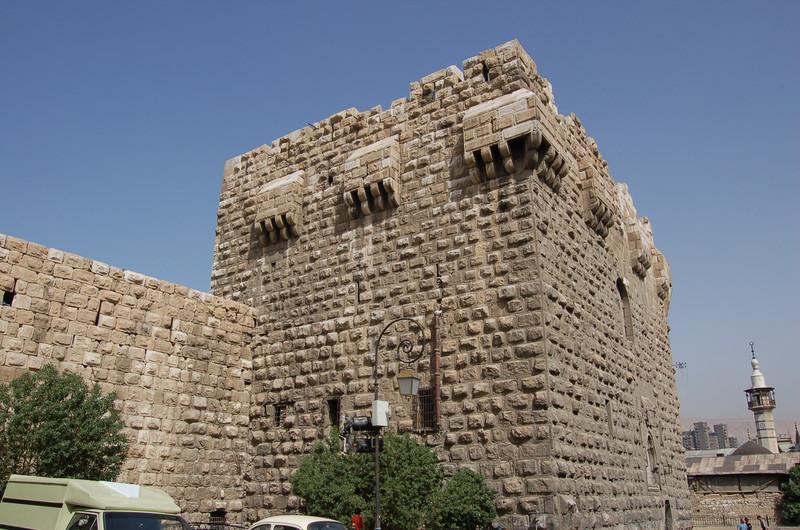
Damascus Castle, a 13th-century Ayyubid fortress boasting huge towers and impregnable walls, served as the city’s centre of government and defence. Despite the neglect and changes it has suffered over

Hammam Fatehi, an 18th-century Ottoman model, with its imposing façade, ornate domes and colourful windows, embodies the mastery of Damascene architecture, but today it lies neglected despite its history and
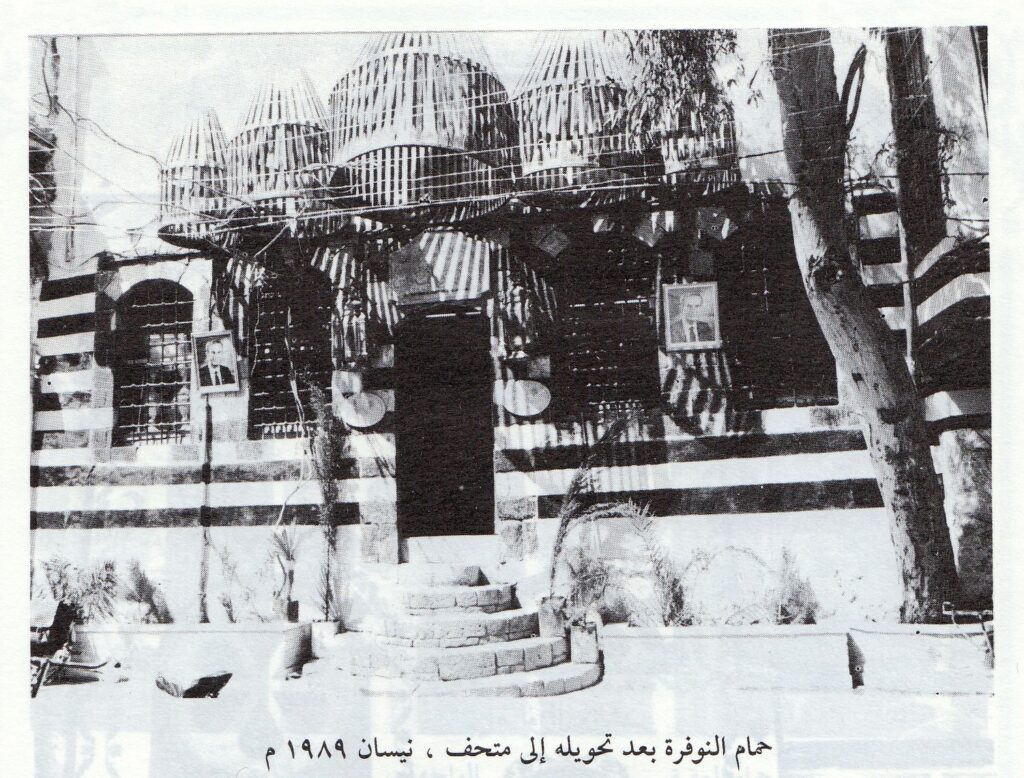
Located next to the al-Nawfara café and its square, the bathhouse follows a traditional layout, with thick walls and later-style domes. As the closest surviving hammam to the Umayyad Mosque,
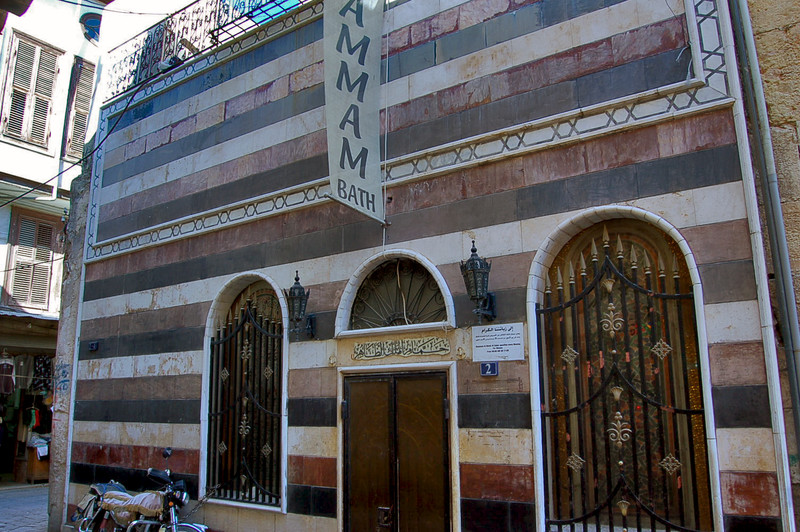
Comprising four sections—cold, tepid, hot, and furnace—this hammam features domes and colored arches, suspended niches, and a majestic ablaq façade punctuated by four windows. Dating back to 985 CE, Hammam
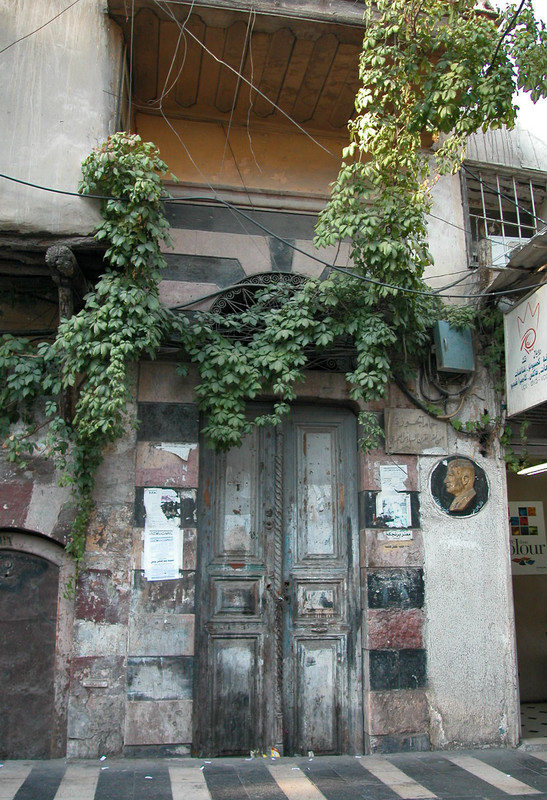
A Mamluk-era hammam with an ablaq façade of basalt, limestone, and brick fragments; an entrance with a lintel and arches; three barrani platforms surrounding an octagonal marble basin; a central
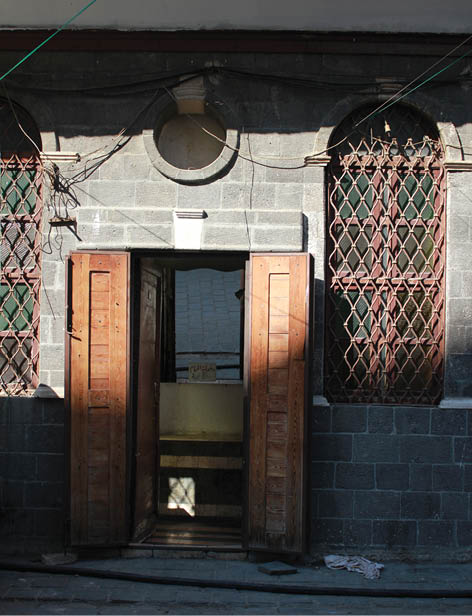
A Mamluk-era bathhouse with a basalt-decorated façade, wooden balcony, and marble sabil. The barrani features three seating platforms and a central marble basin, while the central and inner halls are
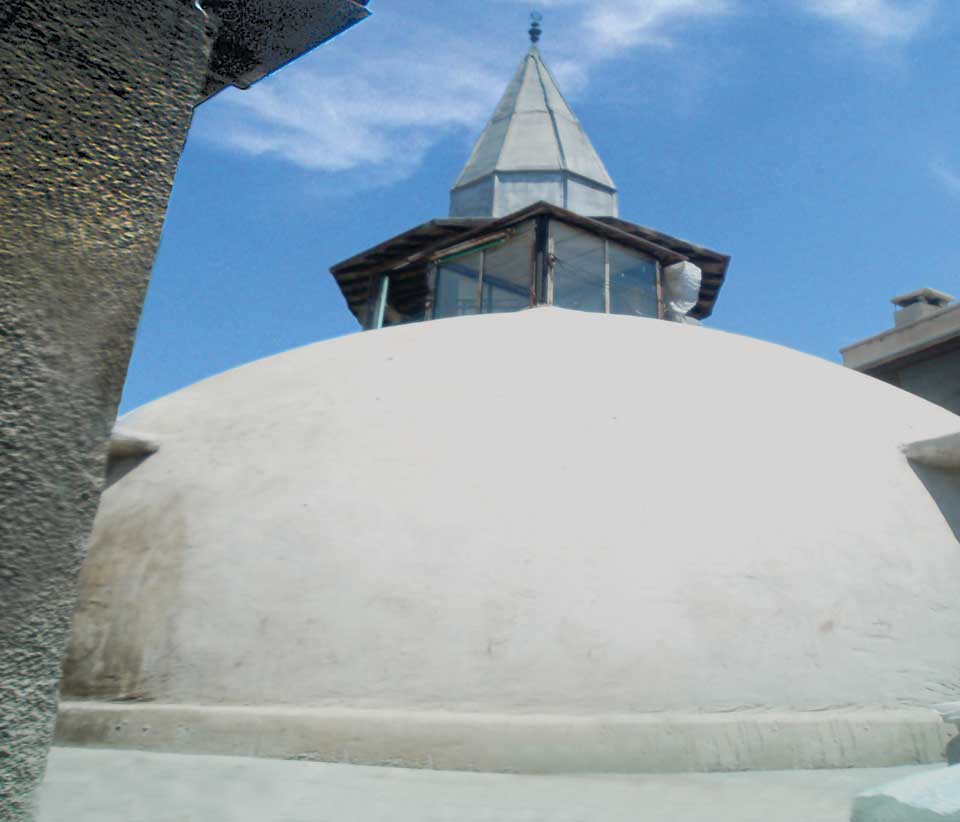
A small-scale historic hammam with a barrani hall featuring iwans, a dome with a skylight (qafaa‘a), and colored glass; a central hall with cross-sectioned divisions and northern/southern private rooms (e.g.,
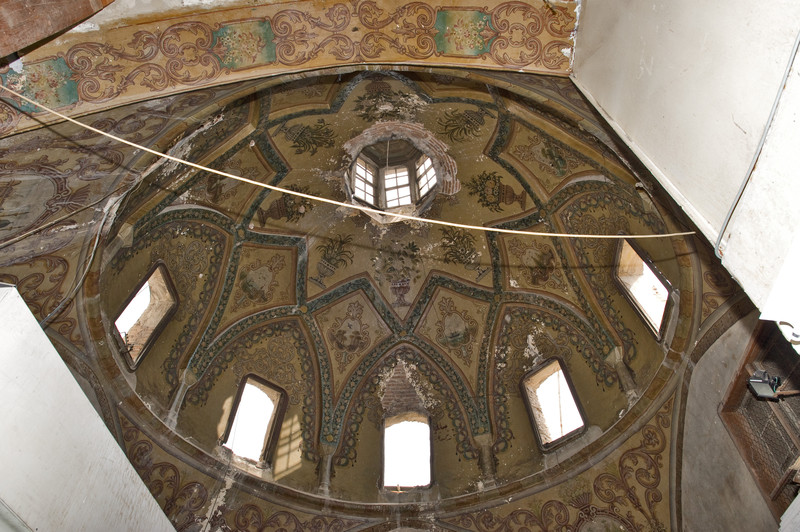
An Ottoman bathhouse featuring a decorated outer dome with stained-glass windows and floral motifs, a double central hall with skylights and muqarnas, two inner chambers with stone basins and muqarnas,
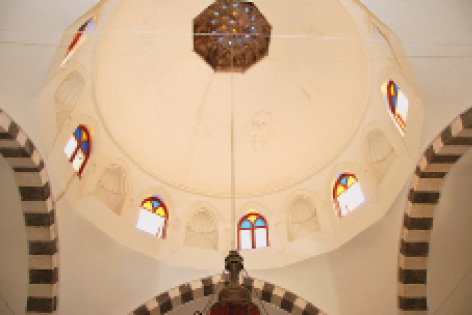
A preserved Mamluk hammam with alternating black-and-white stone façade, multiple domes with glass skylights and muqarnas, and a traditional spatial layout (barrani – first/second wastani – jawwani – qamim). Features
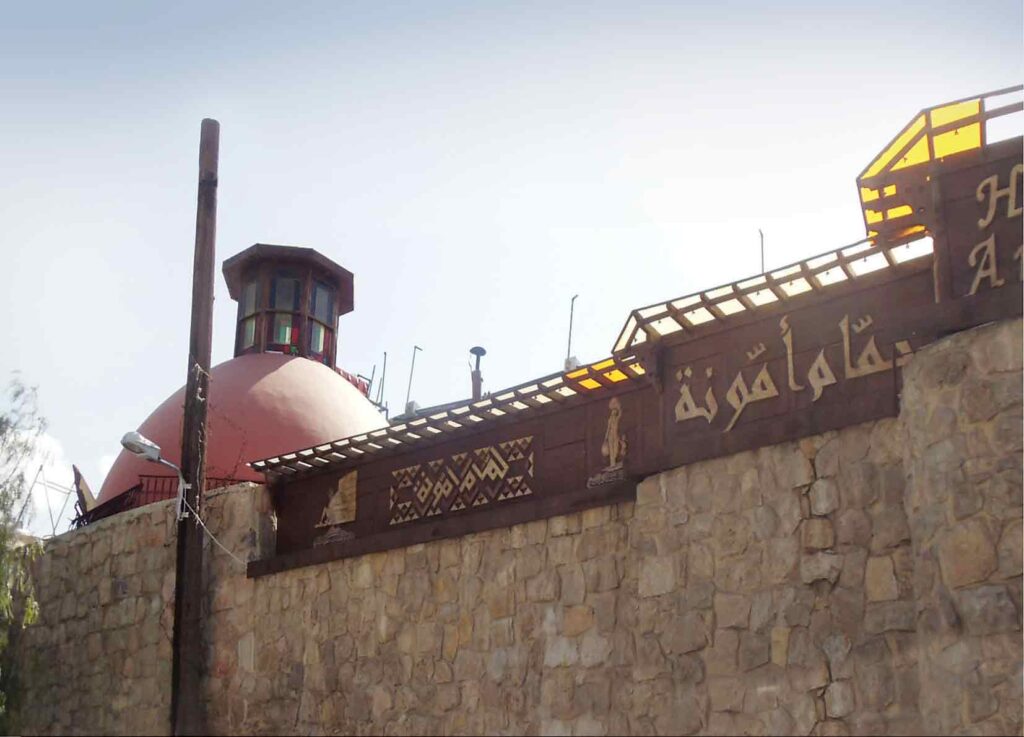
Situated outside the Old City walls in Al‘Aqayba, Hamam Ummuna dates to the Ayyubid era and was endowed for community use. It’s divided into four sections—barrani, wastani, jawani, and qimmim—featuring
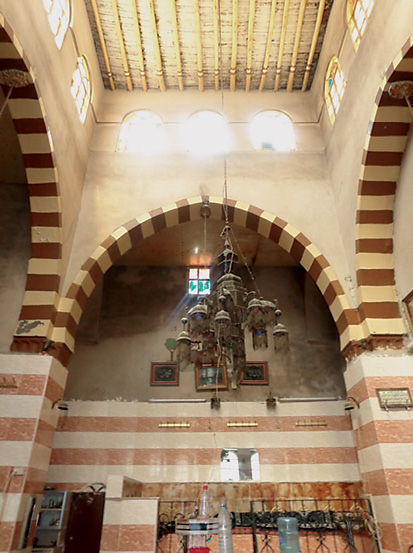
Located in the Suwayqa neighborhood just outside Damascus’s Old City, near Hassan Mosque, Hamam Jarrah is a Mamluk-era bath rebuilt during the Ottoman period. Its richly decorated entrance leads into

جميع الحقوق محفوظة لصالح JCI Aleppo
All rights reversed to JCI Aleppo